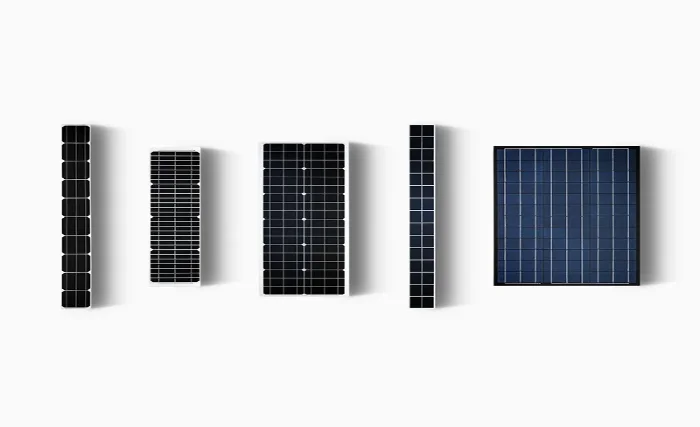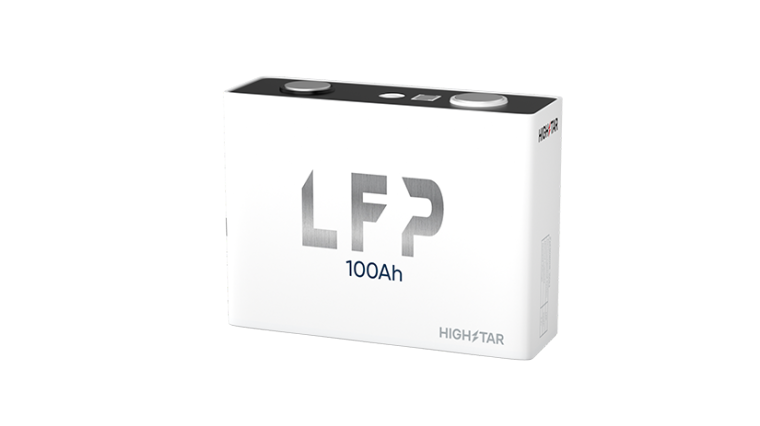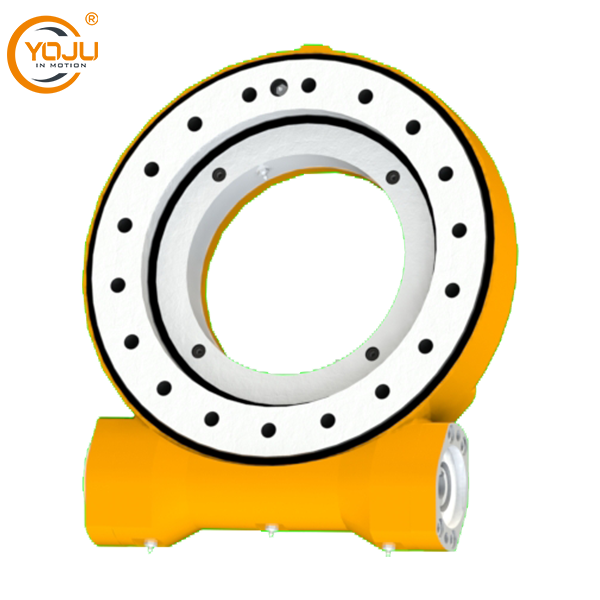Are monocrystalline solar panels expensive to install and maintain?

As the energy crisis intensifies and environmental awareness increases, renewable energy, especially solar power generation technology, has received widespread attention. Among many solar products, monocrystalline solar panels are popular for their high conversion efficiency and long service life. However, the cost of its installation and maintenance has always been a focus of potential users. This article will delve into the installation and maintenance costs of monocrystalline solar panels and analyze them from multiple angles in order to provide a comprehensive and detailed cost assessment.
First, we need to understand the basic composition and working principle of monocrystalline solar panels. Monocrystalline silicon solar panels are made of high-purity monocrystalline silicon wafers with a uniform internal structure and generally higher photoelectric conversion efficiency than polycrystalline silicon and other types of solar panels. This high efficiency means that monocrystalline panels can generate more power under the same lighting conditions, thus offsetting their higher initial investment costs to a certain extent.

Next, let's analyze the installation costs of monocrystalline solar panels in detail. The installation cost mainly includes the cost of the panel itself, the cost of the bracket system, the cost of electrical equipment such as inverters, and the labor cost of the installation project. Monocrystalline panels are generally more expensive than other types of solar panels due to their higher production costs. However, with the advancement of production technology and the promotion of large-scale production, the price of monocrystalline solar panels has declined. In addition, the choice of mounting systems and electrical equipment during installation can also have an impact on the total cost. Generally speaking, the cost of these auxiliary facilities is related to the performance of the panel and the installation environment. Labor costs depend on the technical level and work efficiency of the installation team.
In addition to installation costs, maintenance costs are also an important factor affecting the economic benefits of monocrystalline solar panels. Maintenance costs mainly include the cost of regular cleaning of the panels, the cost of repairing and replacing damaged parts, and possible insurance costs. Maintenance of monocrystalline solar panels is relatively simple and usually only requires regular cleaning and inspection to maintain good working conditions. Due to the better durability of monocrystalline panels, parts need to be replaced less frequently under normal usage conditions. These factors together determine that the maintenance costs of monocrystalline solar panels are relatively low.
After analyzing the installation and maintenance costs, we also need to consider the economics of monocrystalline solar panels. This includes factors such as panel longevity, power output versus cost, and government subsidy policies. Monocrystalline panels typically have a service life of more than 25 years, meaning a one-time investment can pay off over a long period of time. At the same time, with the increase in electricity prices and government subsidy policies for renewable energy, the economic benefits of monocrystalline panels will become more obvious.
Finally, we need to compare the installation and maintenance costs of monocrystalline solar panels to other types of solar panels. Although the initial cost of monocrystalline panels is higher, their high efficiency and long life make their long-term operating costs relatively low. In contrast, polycrystalline or other types of solar panels may not provide the same power output and stability, although they have a lower initial cost. Therefore, when choosing solar panels, a variety of factors should be considered, not just installation and maintenance costs.
To sum up, although the installation and maintenance costs of monocrystalline solar panels exist, in the long run, their high efficiency and long life make this cost reasonable and worthwhile. Through careful cost analysis and comparison, we can conclude that monocrystalline solar panels are a cost-effective renewable energy solution and an ideal choice for users who pursue long-term stable power output and environmental protection.
mia
charles@fgnexsolar.com

